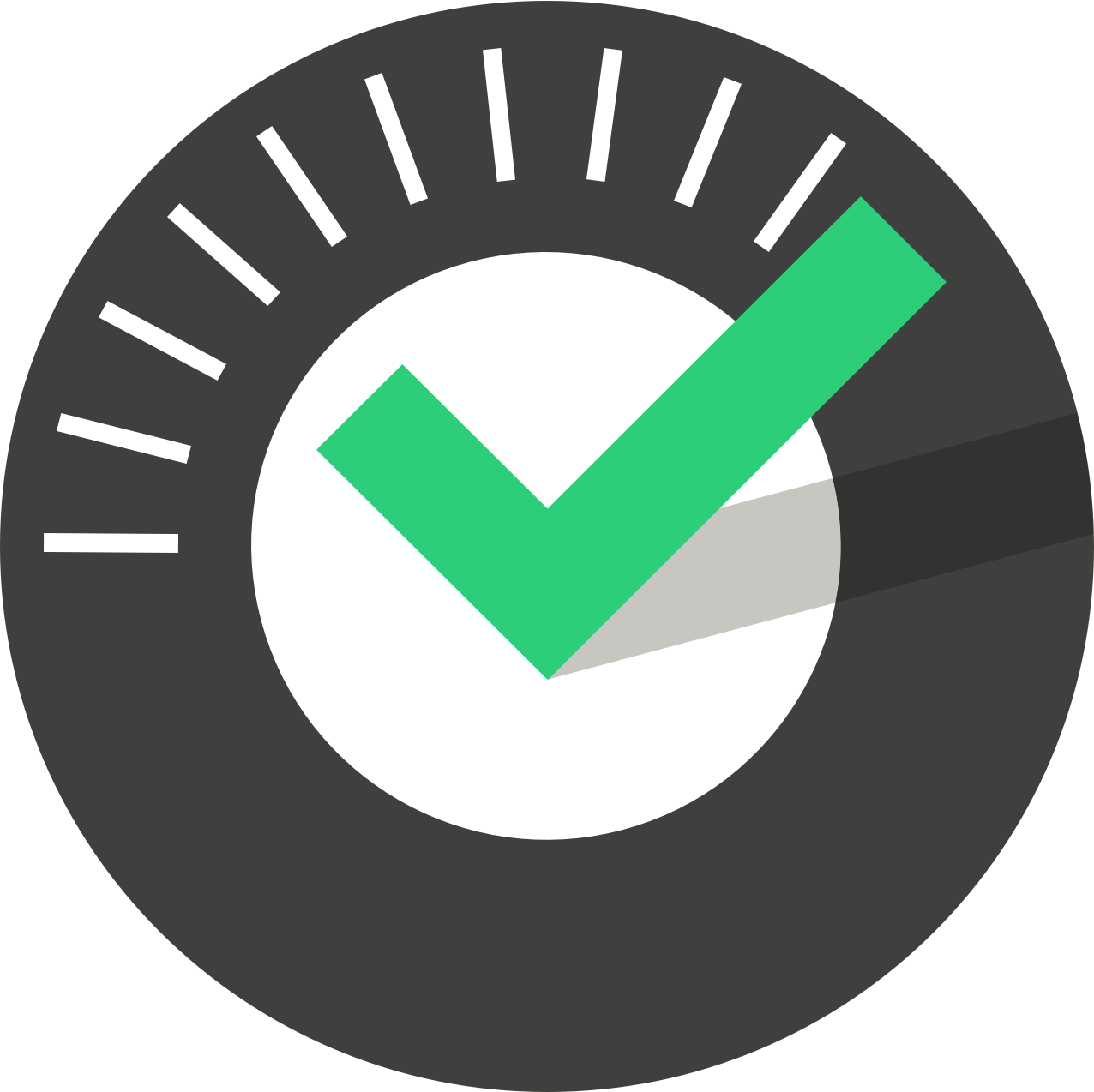Table of Contents
Organising Employees
Updated
by Jordan Millar
At a minimum ChekRite needs name and log-in credentials to be entered for your employees to use the system. However, there are reasons why you might want to enter more information than the bare minimum.
It is important to understand what you might want to do in the future with ChekRite when it comes to Employees so you can enter all the information you might need upfront. It should be noted that ChekRite staff can bulk upload/update employee records for you if you provide us with the data in the correct format.
Employees
Whilst only minimal information is required, here are some of the things that you might want to do in the future with ChekRite that you will need to think about upfront.
Notifying Employees
If you would like employees to receive email or text notifications of the inspections they have submitted, then you will need to enter an email and mobile phone number in their profile. Under the Notifications sub-system, one of the options is to Notify submitter. If this is selected, then the email/mobile phone used on the employees profile will be used to send them the notification that you choose. If you think that this is something you might want to do, then you should make email and mobile phone number part of the data you capture on employees.
User Properties
You can extend the user model in ChekRite to suit your own needs. Some things you might want to add include Department, Position, Licence Number or Certification, or any other detail that you might want to store on the user. These properties can be updated in the portal or through checklists, and you can even use these properties to dynamically change the checklist questions that people see.
You can use these fields in both the Notification rules and actions. For example, you might want to say: if the employee is from the service department, then send the inspection to the service department manager. But, if they are from the operations department, then send the inspection to the operations department manager. To do this sort of notification, you will need to know what department the employee is in so you will want to store that as a User Property.
Employee Groups
Employee Groups at the moment are used in both Schedules and Issues, but they will start to have a wider impact in the system as we release new functionality in the future.
What is an Employee Group
Don't think of an Employee Group as a department like Service or Operations. You should think of it more like a skill set. You can be a member of more than one group. For example, say your company has forklifts and light vehicles. Now most people can drive a light vehicle with their normal car licence, but driving a forklift requires a special licence. In this case, you might create two Employee Groups for Light Vehicle Licensed and Forklift Licensed. Then someone who had both licences would be able to complete tasks for both, but someone who only had a Light Vehicle licence would not see the tasks relating to Forklifts.
Schedules
When you schedule a task you assign it either tpo an individual employee or an employee group. Most of the time you will want to assign to an employee group because if you assign to an individual and they are away that day, then nobody else can complete that task. However, if you assign it to an employee group, anyone who is a member of that group will be able to complete the task.
Issues
Issues can also be assigned to an individual or employee group. As with Schedules, you would normally assign this to a group rather than an individual so that any member of the group can update that issue.
Planning your Employee Groups
Employee Groups aren't just for reporting but are a way of automating parts of the system so that the right people are getting the right information and not being inundated with information that they don't care about or is not in their scope of work.
When planning what your employee groups are you need to think about a number of things such as:
- Will you be using schedules to schedule tasks for your employees or will they just be undertaking ad hoc inspections?
- Do we want to separate different inspections by different employee skill sets? i.e. should everyone be able to inspect a bulldozer or only people who have the qualification to operate one?
- When it comes to resolving issues, do you have different groups of people that might be capable of resolving an issue and other groups that are not and so shouldn't be allocated that issue?
If you are unsure what employee groups you might need for your business feel free to reach out to us here at ChekRite and we will be more than happy to work with you to help define them.
